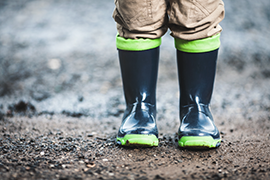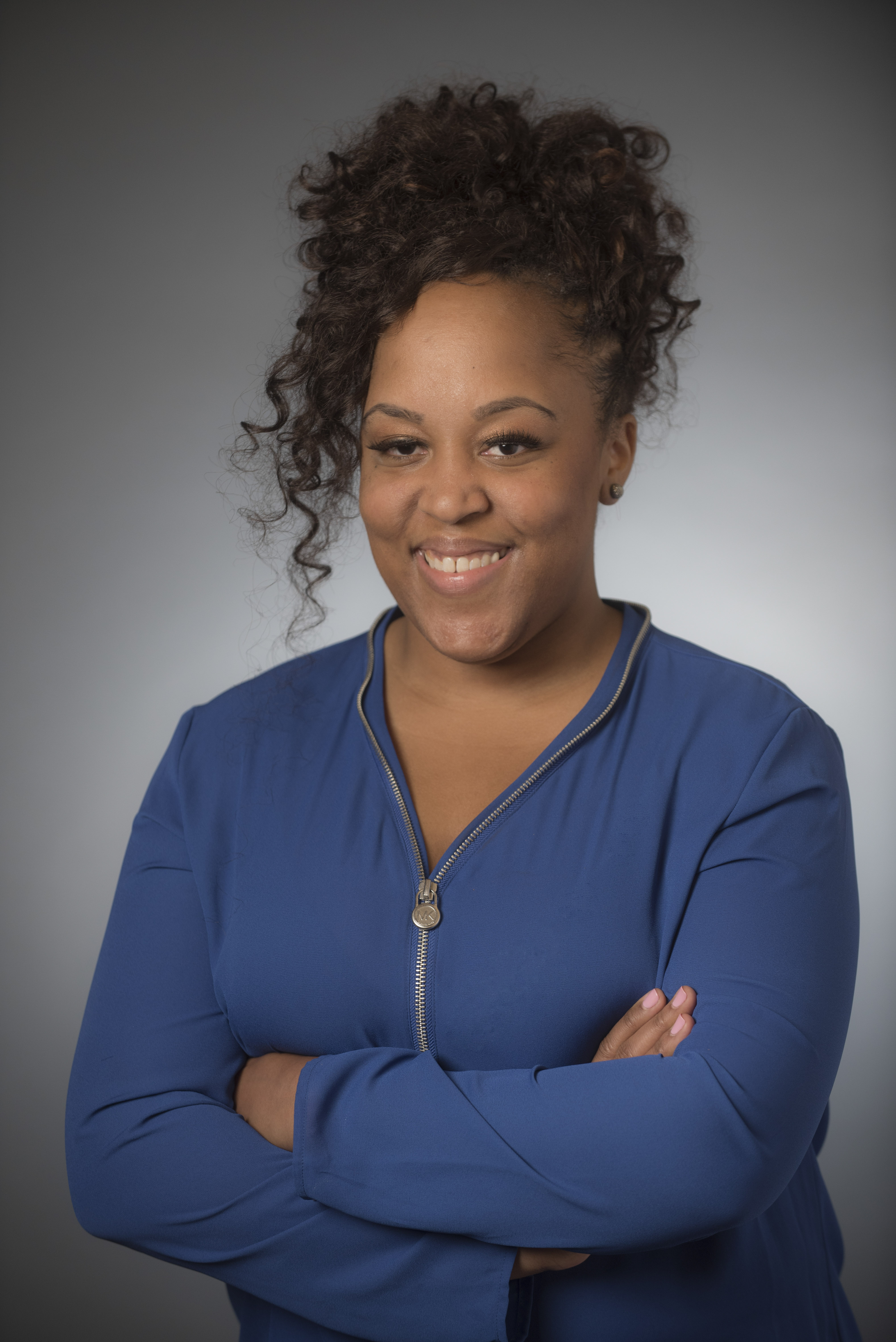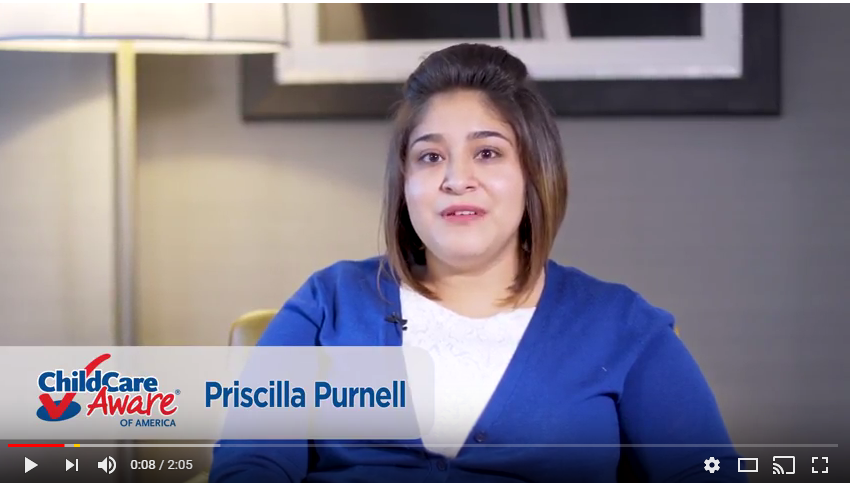 As the end of the year nears, CCAoA’s Emergency Preparedness Team has been reflecting on the disasters that struck in 2017. Top-of-mind, of course, are the hurricanes—Harvey, Irma, and Maria. Our team worked directly with CCR&Rs affected by the storms and the providers they serve. This is the first of three blogs on lessons learned and our team’s advice for CCR&Rs about the critical things they need to do before, during, and after a disaster.
As the end of the year nears, CCAoA’s Emergency Preparedness Team has been reflecting on the disasters that struck in 2017. Top-of-mind, of course, are the hurricanes—Harvey, Irma, and Maria. Our team worked directly with CCR&Rs affected by the storms and the providers they serve. This is the first of three blogs on lessons learned and our team’s advice for CCR&Rs about the critical things they need to do before, during, and after a disaster.
For your CCR&R to be prepared for an emergency, you need to take the following steps long before a disaster:
Develop a needs inventory—what do you need and who do you need to do your job?
- Identify those areas (such as finance, human resources, contracts, subsidy payments) and individuals that are essential for your CCR&R to continue to operate. Consider both your contractual requirements and your operational requirements–the things that programs must continue doing to ensure your meet your contractual obligations.
- Understand what other organizations will be looking at you to provide. What will be the expectations from organizations such as the Office of Head Start, the Office of Child Care, your state licensing department/division, local businesses, and local child care providers?
- Who on your staff can telework? Which jobs can be done temporarily off-site if necessary?
Develop a communication strategy
- Decide how you will communicate if there’s an emergency. What kinds of information will you communicate? How will you get the word out? How can your constituents communicate with you?
- Ensure that your contacts are up-to-date. Make sure your provider information and parent information is current.
- Take an inventory of resources that you have pre-developed and that could be used quickly in a disaster.
- Make sure you know where your providers are, so you can quickly assist those in areas hardest hit by a disaster. Remember that CCAoA has mapping services available on our website during emergencies; maps are continually updated and can be customized to show provider location, capacity, hours, operating status, etc.
Engage with your community partners
- Educate yourself about community organizations that are invested in the work of disaster preparedness. These may include:
- City and county emergency managers and public health emergency preparedness staff.
- Voluntary Organizations Active in Disasters (VOAD) chapters, whose members include organizations such as the Red Cross, Salvation Army, Catholic Charities, Samaritan’s Purse, etc.
- Meet with the organizations to help explain the unique needs that child care programs may face in a disaster and inform them about the services you can provide to assist (e.g., child care data, location of programs, outreach to families, etc.)
Identify alternate space
- Consider where you and your staff could go if your building were destroyed or you were unable to get to it.
- Establish a Memorandum of Understanding (MOU) with each partner or sister organization about sharing their space if needed.
- Make arrangements with other CCR&Rs that could step in and temporarily handle your call volume and responsibilities.
Ensure you are financially ready
- Keep in mind that bills do not stop accumulating even during a disaster. Many CCR&Rs still rely on paper checks to pay bills. Determine how you would fulfill your obligations if you had no power or your building was flooded.
- Assess whether you are carrying enough insurance and if the answer is no, correct that.
- Build an emergency fund that could help cover the costs of damage not covered by insurance or that needs to be addressed immediately (e.g., tarps for a damaged roof).
That may seem like a long list of ‘to-dos,’ but it can be tackled over time. Make it a priority, though—because you never know where or when a disaster will strike.






